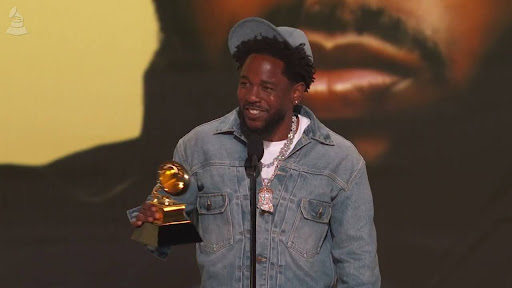This week, I conducted an accidental social experiment. The Javits Convention Center on Eleventh Avenue is hosting the Fashion Coterie exhibition, which features the wares of several hundred boutique designers. I found myself there on the set-up day, as all the designers were unloading their clothing and accessories from trucks and setting them up on elaborate displays.
The convention center is enormous, and it was full of the most beautiful people I’ve ever seen. There were models everywhere, and even the people who weren’t models were dressed absolutely impeccably. Everywhere I turned there were men and women sporting the latest trends, the flashiest labels, and the most perfectly tailored clothing.
I didn’t expect to find myself at this high-fashion Mecca. I was just there to meet a friend, and maybe have some lunch, but as it turned out, I was not exactly dressed for the occasion.
Instead of the fitted shirts, finely crafted dresses, and soft leather boots that seemed to be the uniform of the event, I was wearing a pair of jeans from Old Navy, a long-sleeved tee shirt and a pair of pink sneakers. To make matters worse, the jacket I had hurriedly donned that morning was a heavily broken-in leather jacket, four or five sizes too big, which quite literally belonged to my grandmother.
The people who moved through the exhibition in clouds of expensive perfume were an incredibly eclectic mix. There were people of every race, young, old, gay, straight, men and women. The room looked like some gigantic six-year-old had taken a huge box of “Crayola Multicultural” crayons and dumped it all over the floor.
Regardless of the differences between these people, though, they all had something in common with the person next to them. They all had something to talk about, and they did talk about it, loudly and happily – until I walked by.
It took me a few minutes to realize that they were quieting as I passed so they could stare at me. At first, it was just disapproving looks. Then, as I began to try to interact with people, to ask questions about the clothes and accessories, I realized it went even deeper.
These people were actually judging me based on my outfit. They took in my messy bun and my makeup-less face and decided that I was somehow not acceptable. I was not fit to join these ranks of runway virtuosos in their happy industry banter. Something about me was wrong. I had the wrong stitch pattern on the back pockets of my jeans. My tee shirt was the wrong cotton blend, and my pink sneakers ushered unforgivable discord into the whole mix.
It was, of course, off-putting, but as the wardrobe discrimination continued, I realized that it represented – in its own strange way – progress.
These people all accepted one another. They overlooked race, age, religion, ancestry, gender and sexual orientation, and simply existed. They worked side by side, chatting about their shared interests and experiences. People who appeared to have little externally in common were, in truth, kindred spirits. And I was the odd one out.
I think this is progress because clothes, unlike skin color, age or sexual orientation, can be changed. If this is the form that discrimination has taken in this city, I think we’re moving in the right direction.
No, we shouldn’t judge one another based on the clothes we wear, but isn’t it better than being persecuted for things beyond our control? As uncomfortable as it was to have my tee shirt glared at with disdain, no one will be burning last season’s Michael Kors on my front lawn. There is no separate lunch counter for people wearing sneakers, and my grandmother’s well-worn jacket is welcome on the front of the bus, as well as the back.
If this is the new face of discrimination in New York City, I’m okay with it. After all, trends go in and out of fashion, but tolerance and respect are always in style.







